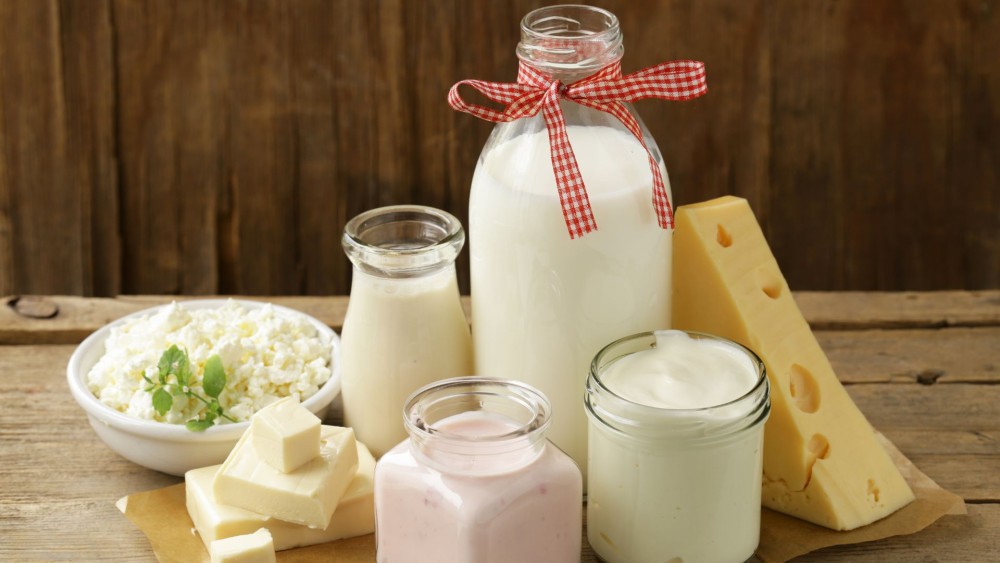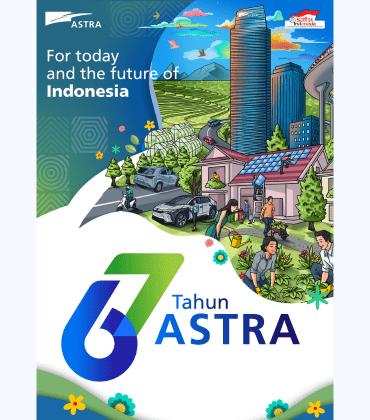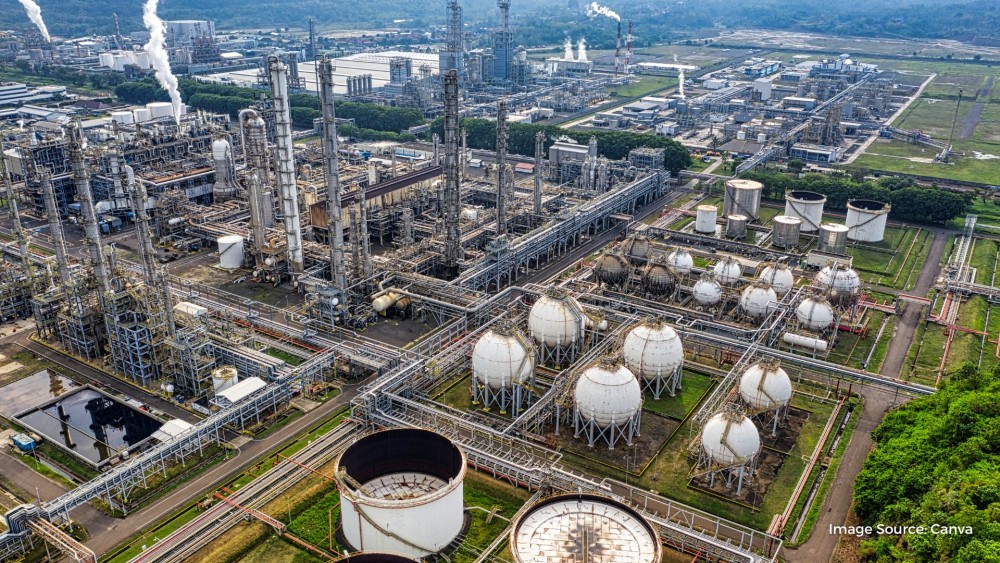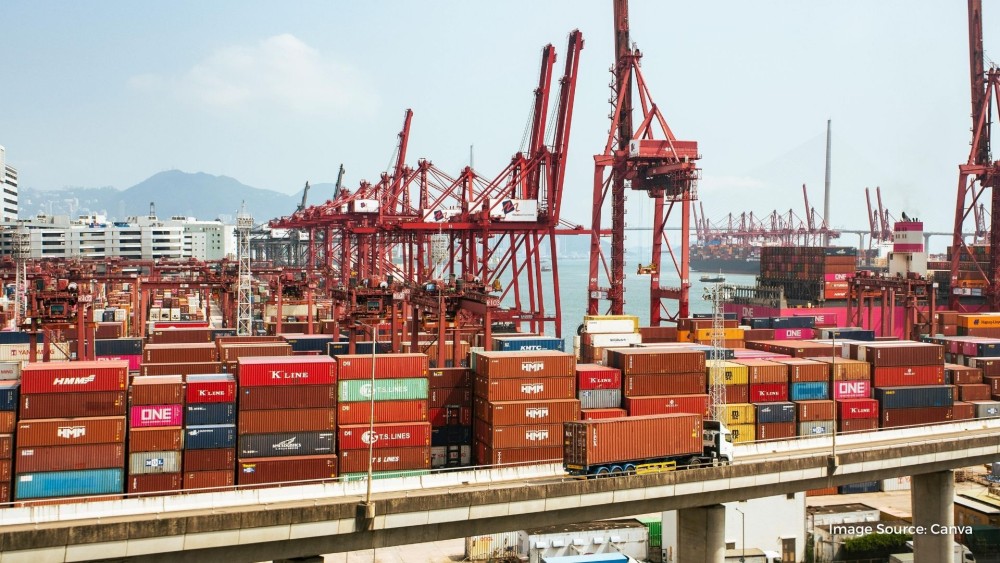Govt’s free-nutritious meal plan, rising income poised to boost Indonesia’s dairy sector
23 Aug 2024

The Indonesian dairy sector is poised for growth, driven by the increasing disposable income of the middle class and rapid urbanization. Trends include consumers with higher purchasing power shifting towards value-added dairy products like flavored milk drinks and yogurts. Additionally, the rise in lactose intolerance among the urban population has spurred innovation, leading to a burgeoning market for lactose-free dairy products.
Urbanization has also fueled the demand for convenience, as more consumers seek on-the-go dairy options. Single-serve packaging has become increasingly popular, catering to the fast-paced lifestyles of urban dwellers. Furthermore, the e-commerce sector is playing a significant role in reshaping the dairy market, offering consumers new and convenient ways to purchase dairy products online.
However, the sector is not without its challenges. The 2022 Foot and Mouth Disease (FMD) outbreak has had a severe impact on domestic dairy production. According to a December 2023 report from the United States Department of Agriculture, the outbreak led to a significant reduction in fresh milk production, with the annual output declining by as much as 60% in some regions. The Indonesian Dairy Cooperatives Association (GKSI) reported that the outbreak caused the death of over 11,000 dairy cows, severely affecting the country's milk supply.
Indonesia’s Milk Production (2013-2022)
|
Year |
2013 |
2014 |
2015 |
2016 |
2017 |
2018 |
2019 |
2020 |
2021 |
2022 |
2023 |
|
In 000 tons |
786.85 |
800.75 |
835.12 |
912.74 |
928.11 |
951.00 |
944.54 |
946.92 |
946.39 |
824.27 |
837.22 |
Source: BPS
The majority of Indonesia’s fresh milk is produced by dairy cooperatives on the island of Java, which houses 99% of the dairy cattle population. Despite efforts to recover from the FMD outbreak, including the resumption of artificial insemination services, the production levels remain far from adequate. The lack of a clear action plan from the Government of Indonesia to restock the dairy cattle population further exacerbates the situation. A proposed plan by the Indonesian Dairy Processors Association (AIPS) to import 17,889 pregnant heifers aims to increase the dairy cattle population and fresh milk production over the next five years, but this plan faces financial and logistical challenges.
According to the same report, Indonesia’s dairy consumption, which stood at 4.22 million metric tons (MMT) in 2022, is expected to decline to 3.7 MMT in 2023 before rebounding to 4 MMT in 2024 as post-election economic conditions stabilize. Despite the decline in domestic production, demand for dairy products remains strong, with imports playing a crucial role in meeting consumer needs. New Zealand, the European Union, and the United States are the primary suppliers of dairy products to Indonesia, with New Zealand leading the market due to its free trade agreement with Indonesia, which eliminates import duties on dairy products.
Import Sources of Dairy Products in Indonesia (Jan-July 2023)
|
New Zealand |
31% |
|
EU-27 |
25% |
|
US |
22% |
|
Malaysia |
9% |
|
Australia |
7% |
|
Others |
6% |
Source: USDA
The ongoing reliance on imports is a critical issue for the Indonesian dairy sector. According to the Indonesian Statistics Agency (BPS), the country produced only 968,980 tons of fresh milk in 2022, meeting just 20% of the national demand. The remaining 80% had to be sourced from imports, highlighting the significant gap between domestic production and consumption.
Indonesia’s Milk Consumption per kg/capita (2011-2031)
.png)
|
Year (20~) |
11 |
12 |
13 |
14 |
15 |
16 |
17 |
18 |
19 |
20 |
21 |
22 |
23 |
24 |
25 |
26 |
27 |
28 |
29 |
30 |
31 |
|
Kg / capita |
4.6 |
4.4 |
3.6 |
3.8 |
3.9 |
4.0 |
4.1 |
3.9 |
4.1 |
4.0 |
3.9 |
4.0 |
4.1 |
4.2 |
4.3 |
4.5 |
4.6 |
4.7 |
4.8 |
4.9 |
5.0 |
Source: CNBC, Statista, OECD
Opportunities for Growth
Despite these challenges, the Indonesian dairy sector presents several opportunities for growth. The government’s support for the dairy industry, particularly through investment incentives and partnership programs, is expected to drive future expansion. The Ministry of Industry has reported significant investments in the dairy processing sector, including the construction of PT Frisian Flag Indonesia’s Rp 3.8 trillion (about US$257 million) third factory in Cikarang, West Java. This new dairy plant is set to produce 400,000 kilograms of fresh milk daily, amounting to 700 million kilograms of dairy products annually, utilizing modern and environmentally friendly technology.
The planned free nutritious meal program by Presidentm-elect Prabowo Subianto, which includes milk as part of the diet, is another potential growth driver. The program, aimed at improving nutrition for school children and expectant mothers, is expected to increase the demand for dairy products significantly. However, given the current reliance on imports, the implementation of this program could further strain the domestic dairy supply and increase dependency on imported products.
Future Outlook
The long-term outlook for the Indonesian dairy sector is cautiously optimistic. While the sector faces significant challenges, including the aftermath of the FMD outbreak, the dependence on imports, and political uncertainties, there are also promising opportunities. The rising demand for dairy products, coupled with government support and investment, is expected to drive growth in the sector. However, for the industry to reach its full potential, concerted efforts are needed to boost domestic production, reduce reliance on imports, and address the structural challenges that have long plagued the sector.








